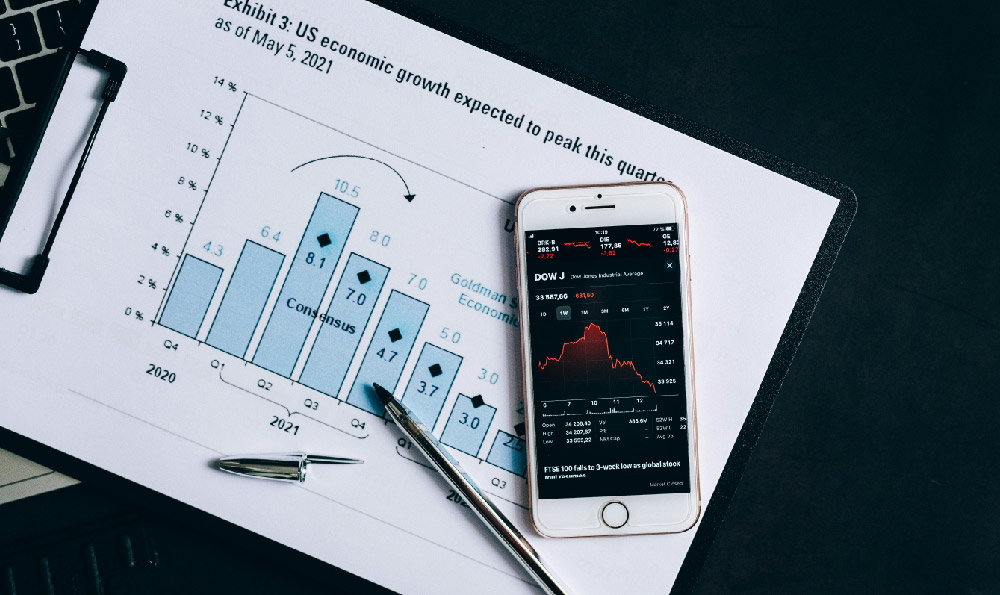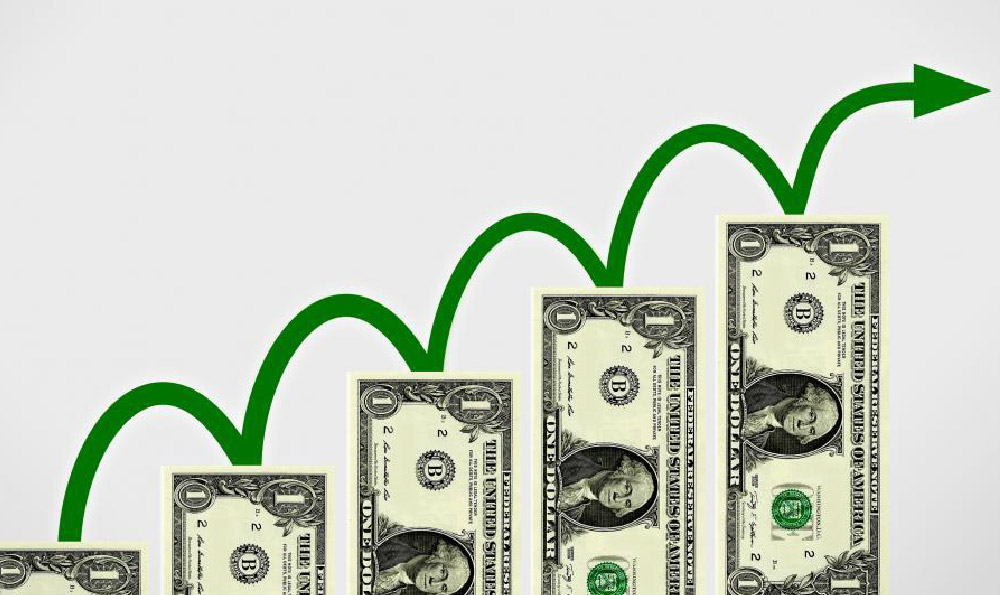How much does YouTube pay for a million views? What factors influence earnings?
Alright, let's delve into the fascinating, and often frustrating, world of YouTube earnings and unravel the mystery of how much you can potentially earn for a million views. The short, and perhaps unsatisfying answer, is: it depends. There's no magic number, no guaranteed payout for hitting that coveted million-view mark. The reality is far more nuanced and depends on a complex interplay of factors. Understanding these factors is crucial for anyone serious about monetizing their YouTube channel.
One of the most significant elements dictating your earnings is the CPM, or Cost Per Mille (thousand). CPM represents the amount advertisers pay YouTube for every 1,000 views their ad receives. YouTube then shares a portion of this revenue with the creator. However, there's also the RPM, or Revenue Per Mille, which is the actual revenue you, the creator, receive for every 1,000 views after YouTube takes its cut (typically around 45%). The difference between CPM and RPM can be significant. CPM reflects the total advertising revenue generated, while RPM reflects your actual earnings after YouTube's share and other fees are deducted.
Several factors heavily influence CPM and, consequently, your overall earnings. Let's explore them in detail:

1. Niche and Audience Demographics: This is arguably one of the most impactful factors. Certain niches are inherently more lucrative than others. For example, videos about finance, business, technology, or luxury goods tend to attract advertisers willing to pay higher CPMs because their target audience is more likely to have disposable income and be receptive to their products or services. Conversely, channels focused on gaming, entertainment, or vlogging might have lower CPMs because the target demographic might be younger or less affluent.
Audience demographics also play a crucial role. Advertisers are willing to pay more to reach viewers in wealthier countries like the United States, Canada, the United Kingdom, Australia, and Western Europe. Viewers in these regions are perceived as having higher purchasing power, making them more valuable targets for advertisers. If your channel primarily attracts viewers from countries with lower advertising rates, your CPM will likely be significantly lower.
2. Ad Format and Placement: YouTube offers various ad formats, including display ads, overlay ads, skippable video ads (pre-roll, mid-roll), non-skippable video ads, and bumper ads. Skippable video ads and non-skippable video ads generally generate higher CPMs than display or overlay ads because they are more engaging and guarantee a certain level of attention from the viewer.
The placement of ads within your video also matters. Longer videos (typically over 8 minutes) allow you to insert multiple mid-roll ads, potentially increasing your overall ad revenue. However, it's crucial to strike a balance between maximizing ad revenue and providing a positive viewing experience for your audience. Bombarding viewers with too many ads can lead to frustration and decreased engagement.
3. Ad Engagement and View Duration: YouTube's algorithm favors videos that keep viewers engaged and watching for longer periods. Videos with high watch time are more likely to be promoted and recommended to a wider audience, which can lead to increased views and, consequently, higher ad revenue. Furthermore, if viewers watch a significant portion of the ads displayed on your video, it signals to advertisers that your content is engaging and valuable, potentially leading to higher CPMs in the future. Click-through rates (CTR) on ads are also a contributing factor.
4. Seasonality and Economic Conditions: Advertising rates tend to fluctuate throughout the year, influenced by seasonality and overall economic conditions. For example, CPMs often spike during the holiday season (e.g., November and December) as businesses ramp up their advertising spending to capitalize on increased consumer spending. Conversely, CPMs might be lower during periods of economic uncertainty or recession as businesses cut back on their marketing budgets.
5. YouTube's Algorithm and Policies: YouTube's algorithm is constantly evolving, and changes to its policies can impact ad revenue. For example, stricter content moderation policies can lead to demonetization of videos that violate YouTube's community guidelines, resulting in a loss of ad revenue. Staying up-to-date with YouTube's policies and algorithm updates is essential for maximizing your earnings.
6. Audience Retention and Engagement Metrics: Beyond just views, factors like audience retention (how long people watch your videos), likes, comments, shares, and subscriber growth are all signals to YouTube about the quality and value of your content. These metrics can indirectly influence your CPM and overall revenue by improving your channel's visibility and discoverability. A highly engaged audience is more likely to watch ads and support your channel, leading to increased revenue in the long run.
So, Back to the Million-View Question: A Range, Not a Guarantee
Considering all these variables, earning potential for a million views can range dramatically. A conservative estimate could be anywhere from $2,000 to $30,000, but this is a very wide range. Some creators in high-paying niches with a primarily US-based audience might earn significantly more, while others in less lucrative niches with a global audience might earn considerably less.
Protecting Your Investment (Your Channel and Content):
It's crucial to view your YouTube channel as an investment. Protecting that investment means:
- Copyright Awareness: Always use royalty-free music, images, and video clips unless you have explicit permission or licenses. Copyright strikes can severely damage your channel.
- Community Guidelines Adherence: Understand and strictly adhere to YouTube's Community Guidelines. Violations can lead to demonetization, strikes, or even channel termination.
- Authenticity: Build a genuine connection with your audience. Trust is paramount. Avoid deceptive practices or clickbait tactics that erode trust.
- Diversification (Beyond AdSense): Don't rely solely on AdSense for revenue. Explore alternative monetization methods like sponsorships, merchandise, Patreon, affiliate marketing, and selling online courses or services.
- Channel Security: Protect your Google account with strong passwords and two-factor authentication. Beware of phishing scams and suspicious links.
- Legal Considerations: If you're operating as a business, consult with a legal professional regarding contracts, taxes, and other legal obligations.
In conclusion, understanding the complexities of YouTube monetization is vital for maximizing your earning potential. Focus on creating high-quality, engaging content that resonates with your target audience, and continuously adapt your strategies based on market trends and YouTube's evolving landscape. Remember that consistency, patience, and a genuine passion for your craft are essential ingredients for long-term success on YouTube. The "million views" is a milestone, but sustained growth and strategic diversification are what ultimately lead to lasting financial stability.















